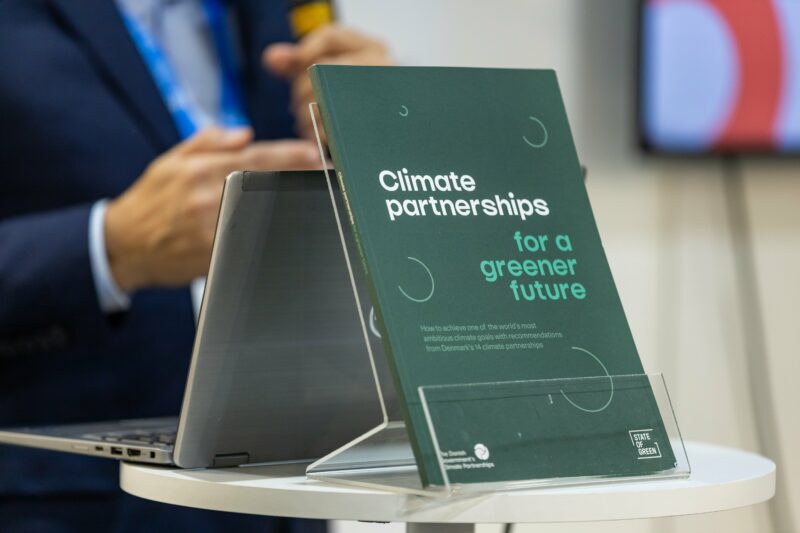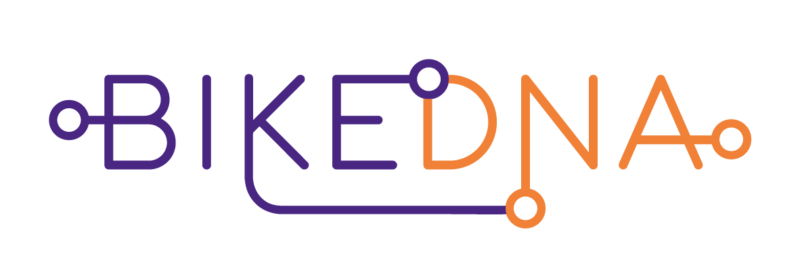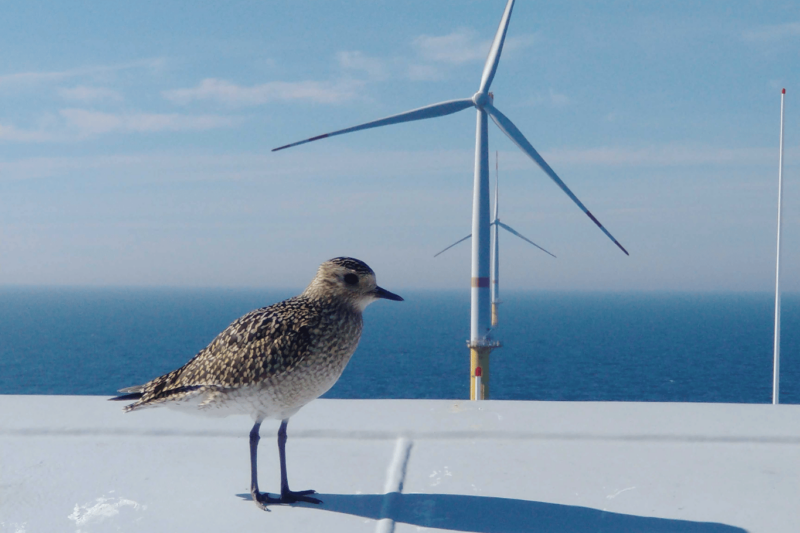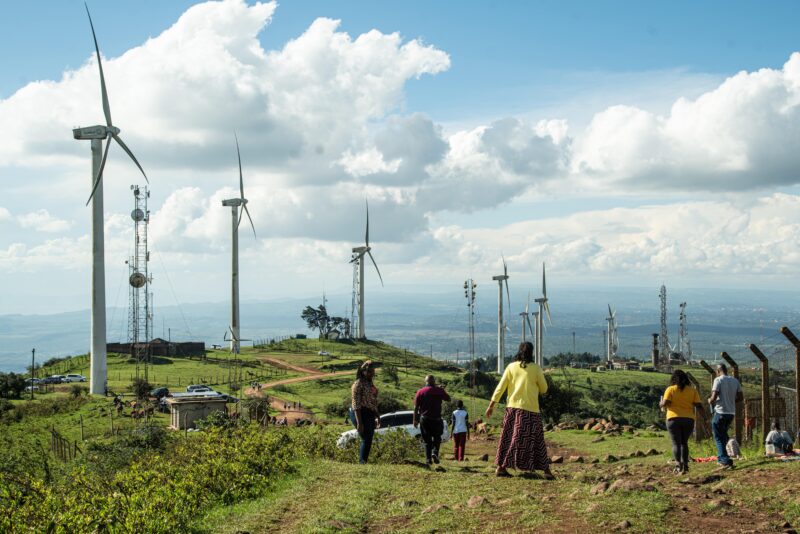News
Denmark funds new Power-to-X flagship projects
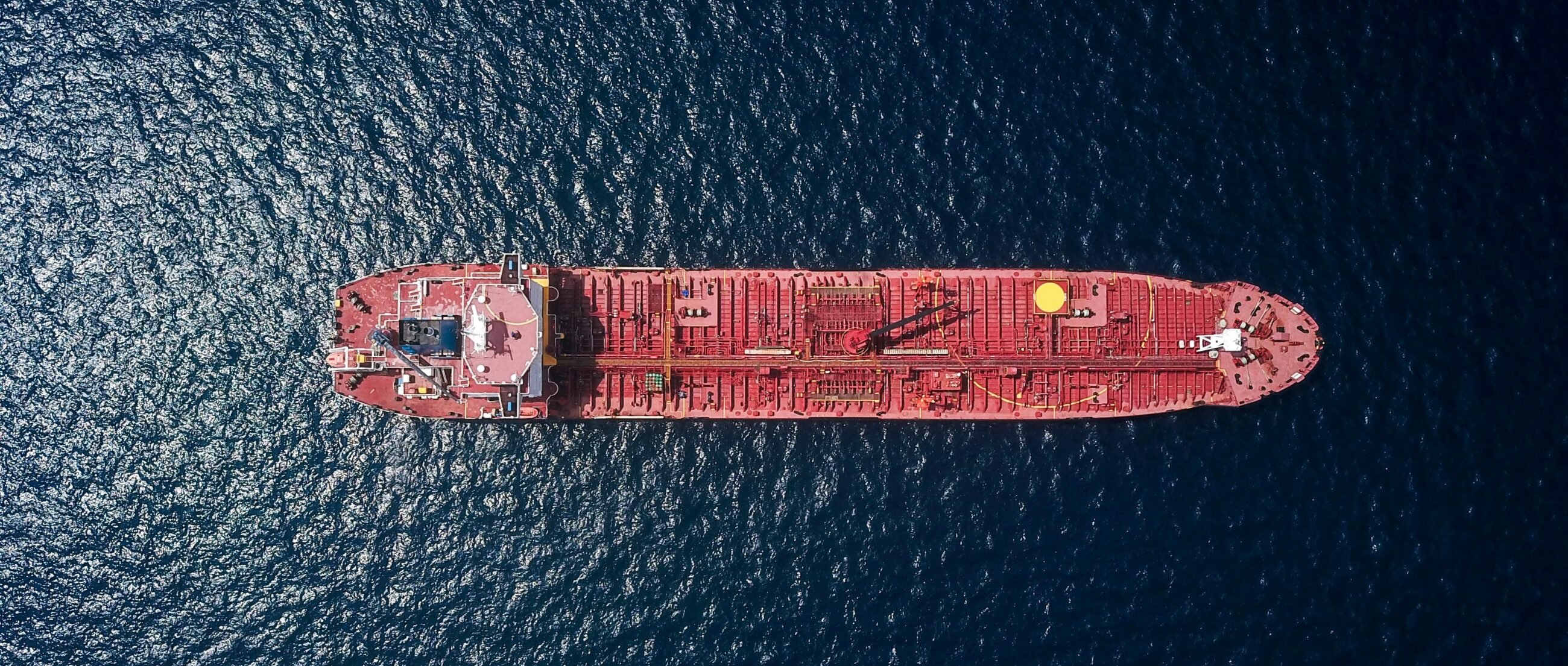

To this end, the Danish government has allocated EUR 17.1 million to support the development of renewable energy storage and conversion technologies – so-called Power-to-X (PtX) technologies. Two large-scale, flagship projects that will be able to contribute to the development of green fuels have received EUR 10.7 million and EUR 6.4 million respectively.
“Denmark should assume a global leadership role and be a first mover in regards to storage and energy conversion technologies. We have a good starting point with the knowledge and technology that has been developed in Denmark and especially in the Danish wind industry. We need to build upon that foundation. With our support for two significant projects totalling EUR 17.1 million, we are taking one of the first, important steps”, said the Danish Minister of Climate, Energy and Utilities, Dan Jørgensen.
-Related solution: Hydrogen produced from wind for the transport and industry sectors
Power-to-X projects will be on market conditions
Power-to-X (PtX) is a collective term for technologies in which electricity production via typical electrolysis is converted into hydrogen, synthetic gases, fuels or chemicals. Both of the two Danish PtX projects that have received funding are concerned with the conversion of electricity into hydrogen. The projects are intended to accelerate the technological development of Power-to-X and identify central conditions necessary to expand the use of PtX technologies in the Danish energy system in order to increase the flexibility of the system and its ability to adapt to a growing amount of energy from fluctuating renewable sources such as wind and solar power.
Furthermore, the two projects will operate on terms that are close to market conditions. In this way, they can highlight which market and regulatory barriers exist that are preventing the further development of Power-to-X in Denmark. The goal is that both projects will be able to operate on market conditions after the funding ceases.
“We are at a point where renewable energy production technologies are so advanced that they no longer need support. That is why we are now increasing our focus on supporting the technologies of the future to ensure that we exploit the enormous potential of renewable energy. The next big step in the green transition is to develop technologies that can convert green power into, for instance, fuels for busses, planes and ships” said Dan Jørgensen.
The project grants are part of Denmark’s ambition to reach a 70 per cent reduction in its CO2 emissions by 2030 (compared to 1990 levels). Furthermore, the grants are awarded in order to support the development of solutions that can be exported to the rest of the world.
-Related solution: One step closer to sustainable aviation fuel
The background of the two Power-to-X flagship projects
Project: GreenLab Skive Power-to-X
Grant: EUR 10.7 million.
The purpose of the project is to establish a commercial, large-scale facility for the production and storage of green hydrogen, which is partly processed into methanol for use in the transport sector and partly used directly as a green, zero-emission fuel for heavy transport.
The core of the plant is a ‘hydrogen factory’ based on a 12 MWel electrolysis plant with a 1.6 MWh battery storage and associated internal infrastructure. The electrolysis plant is powered by green electricity from a local, soon to be established 75 MW renewable energy park (wind turbines and solar power).
The project consortium consists of GreenLab Skive A/S, EuroWind Energy A/S, Everfuel Europe A/S, Eniig Holding A/S, E.ON DK A/S, GreenHydrogen ApS, Re::integrate ApS, DTU, Energinet Elsystemansvar, DGC and Ea Energianalyse.
Project: HySynergy
Grants: EUR 6.4 million.
The purpose of the project is to establish the first phase of a large-scale facility for the production and storage of green hydrogen. This will support very significant CO2 reductions in the production of the existing liquid fuels from the Shell refinery in Fredericia, Denmark. At the same time, it can establish a competitive green hydrogen supply as a zero-emission fuel for heavy transport.
The core of the plant is a ‘hydrogen factory’ based on a 20 MWel electrolysis plant and with a 500 MWh hydrogen storage facility and associated internal infrastructure. The electrolysis plant is powered by certified green electricity, while the produced hydrogen is sold on an industrial basis and partly for heavy transport via a mobile, high-pressure hydrogen storage facility. In addition, side streams, such as the oxygen produced from the electrolysis, are utilised for industrial purposes and the excess heat is allocated to district heating.
The project consortium consists of Everfuel Europe A/S, Dansk Shell A/S, Energinet Elsystemansvar, TVIS, TREFOR Elnet, EWII Energi A/S and Aktive Energi Anlæg A/S.
Sources:
Danish Ministry of Climate, Energy and Utilities (in Danish)
You should consider reading
solutions
Urban infrastructure planning
+2
